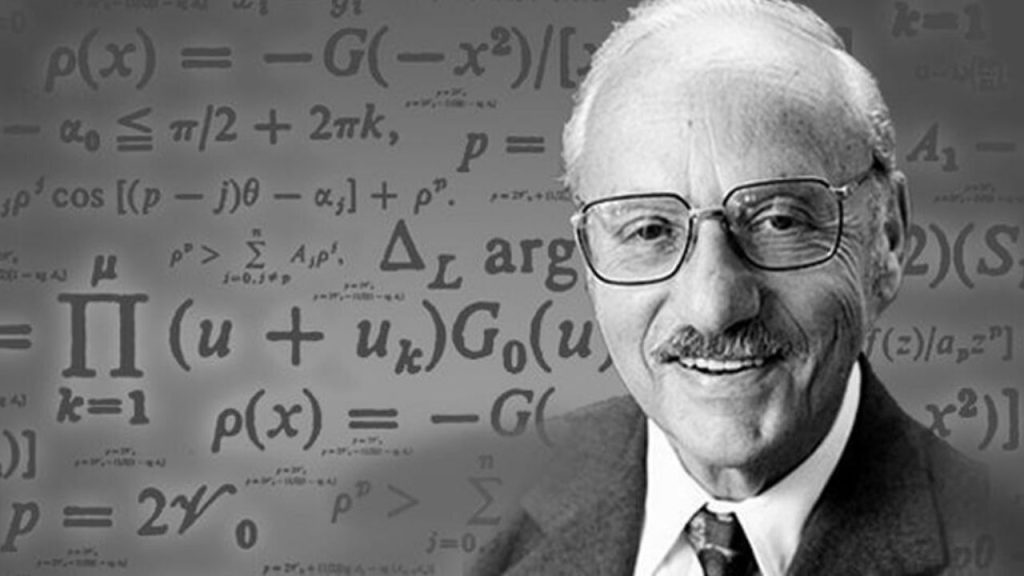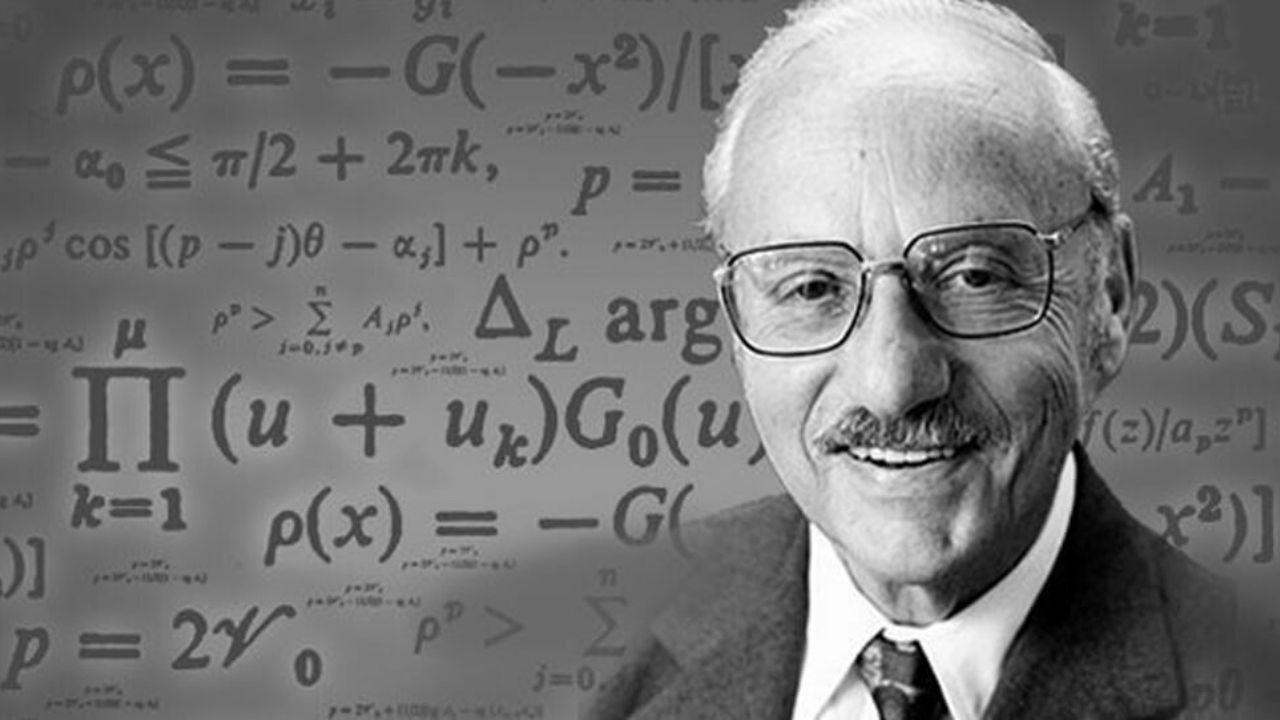In 1939, a doctoral student at the University of California, Berkeley, arrived late to class and copied two problems from the blackboard, assuming they were a homework assignment. That student, George Dantzig, solved them within a few days. He had, in fact, solved two famous, previously unsolvable math problems in statistics, a feat that would launch his legendary career.

The Accidental Genius
| Key Fact | Detail |
| The Event | In 1939, George Dantzig, a Ph.D. candidate, mistook two unsolved statistical theorems for a homework assignment. |
| The Professor | The lecture was given by Professor Jerzy Neyman, a leading figure in mathematical statistics. University of California, Berkeley History |
| The Outcome | Dantzig’s solutions were accepted by Neyman as his doctoral dissertation. |
| The Legacy | The event became a famous story illustrating the power of innovative thinking, free from preconceived notions of impossibility. Mathematical Association of America |
A Fateful Misunderstanding
The now-famous incident occurred during George Dantzig’s first year as a graduate student at the University of California, Berkeley. He arrived late for a statistics class taught by Professor Jerzy Neyman, one of the founders of modern theoretical statistics.
Seeing two problems written on the blackboard, Dantzig quietly copied them down, assuming they were the week’s homework. “The problems seemed to be a little harder than usual,” Dantzig recalled in a 1986 interview for the College Mathematics Journal. He spent several days working on the proofs before submitting them to Professor Neyman, apologizing for the delay.

The Revelation and a Ph.D. Thesis
About six weeks later, an excited Professor Neyman visited Dantzig at his home early on a Sunday morning. He had reviewed the student’s work and realised its significance. The problems were not homework but were, in fact, two of the most famous unsolved problems in statistics at the time.
According to an account from Stanford University, where Dantzig later taught for decades, Neyman had written the problems on the board as a challenge to his students. Dantzig, unaware of their status, had approached them without the psychological block of believing they were impossible to solve.
Neyman informed Dantzig that he had prepared one of his solutions for publication in a mathematical journal and told him, “I’ve just written an introduction to your paper. Read it. Then we can send it off to a journal for publication right away,” as recounted by Dantzig. The two proofs were later accepted as sufficient for Dantzig’s doctoral dissertation.
The Legacy of George Dantzig’s Breakthrough
While the story of the “unsolvable” homework has become a part of academic folklore, its protagonist went on to achieve far more. After receiving his doctorate from Berkeley in 1946, George Dantzig became a foundational figure in operations research.
A Pioneer in Linear Programming
During his time working for the U.S. Air Force during the Second World War, Dantzig developed the simplex algorithm in 1947. This algorithm provided a systematic method for solving complex optimization problems and became the basis for the field of linear programming.
Linear programming is now a vital tool used across industries, from logistics and transportation to finance and manufacturing, to allocate resources efficiently. Dantzig’s work in this area earned him the National Medal of Science in 1975, presented by U.S. President Gerald Ford.
The story of his graduate school breakthrough is often cited as a powerful example of out-of-the-box thinking. As Snopes, an online fact-checking resource, confirms, the core details of the story are true, based on Dantzig’s own accounts. It serves as a testament to how perceived limitations can sometimes be the greatest barriers to discovery.
USA Retirement Age Increase in 2025 – Check New Retirement Age & Revised Eligibility
Bad News for Millions: 2.4 million Americans Set to Lose Food Stamps Under New Rules
FAQs
Was the story of George Dantzig true?
Yes, the core elements of the story have been verified and are based on George Dantzig’s own accounts in interviews and writings. He confirmed he arrived late, mistook the problems for homework, and solved them, with his professor later confirming they were famous unsolved theorems.
What were the two problems about?
The specific problems related to the theory of statistical estimators and the convergence of certain statistical distributions. While the technical details are complex, their solutions represented a significant advancement in the field of mathematical statistics.
Did this event inspire the film Good Will Hunting?
While there are clear parallels, the story is not a direct inspiration for the film. The screenplay for Good Will Hunting is an original work by Matt Damon and Ben Affleck. The Dantzig story is often mentioned as a real-life example of a similar kind of unexpected mathematical genius.





